Does Balsamic Vinegar Go Bad? A Guide to Its Shelf Life and Proper Storage
Does balsamic vinegar go bad? Yes, it can if not stored properly. Learn about the three main types, shelf life, and how to keep it fresh.
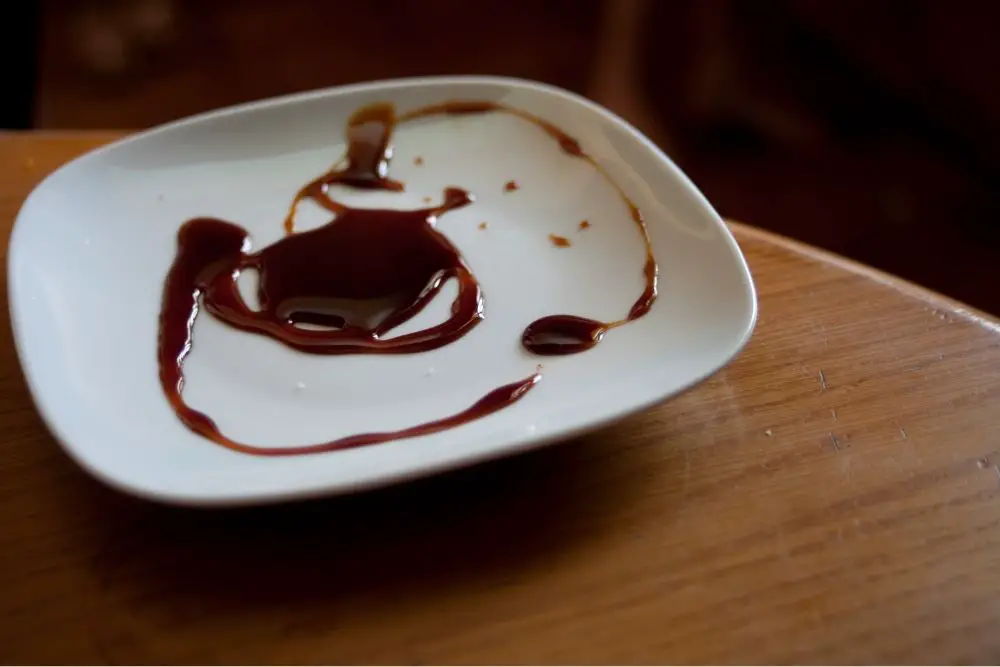
Balsamic vinegar or (Aceto balsamico, the Italian term for vinegar) has been increasingly popular, and various types have emerged all over the world. The vinegar does not contain any balsam. The term was coined from the Latin word balsamum and from the Greek word βάλσαμον, which means “restorative” or “curative.” In ancient times, vinegar was a tonic for a lot of ills.
Types of Balsamic Vinegar
There are three main types of balsamic vinegar: the traditional, condiment grade, and commercial grade, which is often used for salads, marinades, glazes, and other recipes.
Traditional
Balsamic vinegar of Modena is one of the most expensive types of vinegar. It originates from Modena in Reggio Emilia, Italy; it is made with grape must (freshly crushed grape juice) then matured in wooden barrels. Over a minimum of twelve years, the vinegar will gradually be transferred to different, smaller barrels to impart a unique flavor. This meticulous process results in a rich, dark-colored vinegar with a subtle tartness and syrupy texture.
[thrive_leads id=’13056′]
Condiment-Grade
This type is typically aged for less than twelve years, which makes it the mid-grade option between traditional and commercial-grade balsamic vinegar. It has an I.G.P. (indicazione geografica protetta) stamp, the seal of the group that monitors its quality.
Commercial-Grade
Commercial-grade balsamic vinegar is the mass-produced version. It’s a more affordable option and is often used for cooking. Although its aging process is not as long and it has a less intense flavor, it still makes a good ingredient for salad dressings, glazes, vinaigrette, marinades, and more.
Remember, you usually get what you pay for. So if you have a bottle of balsamic vinegar (especially the expensive one), you wouldn’t want it to go to waste. Know the shelf life, storage methods, and even signs of going bad to ensure that you keep your balsamic as long as possible!
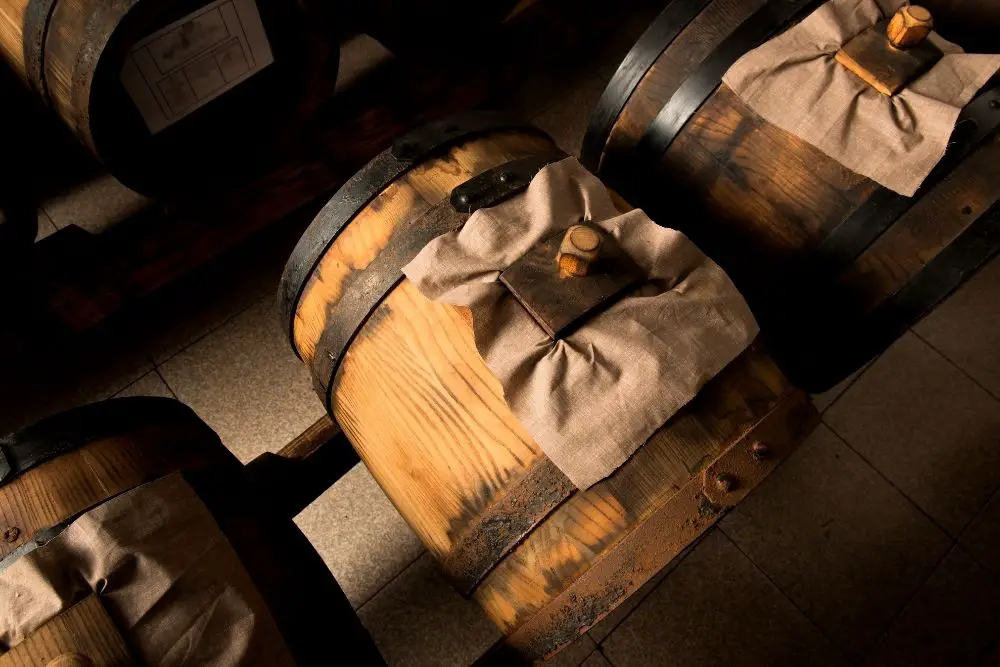
How Long Does Balsamic Vinegar Last?
Balsamic vinegar can last indefinitely and will go bad only due to improper storage or damaged packaging. The “best by” or “best before” date is only an indication of the vinegar’s peak quality. It is still safe to use after the expiration dates shown on the bottle or packaging.
Make the most out of your balsamic vinegar. Use the cheaper one within two to three years after opening to enjoy its best quality, while the traditional one will taste great for up to twenty years.
The quality of the vinegar will slowly deteriorate after these periods. It will remain safe to use as long as the vinegar is properly kept and sealed, but don’t expect as much of the taste.
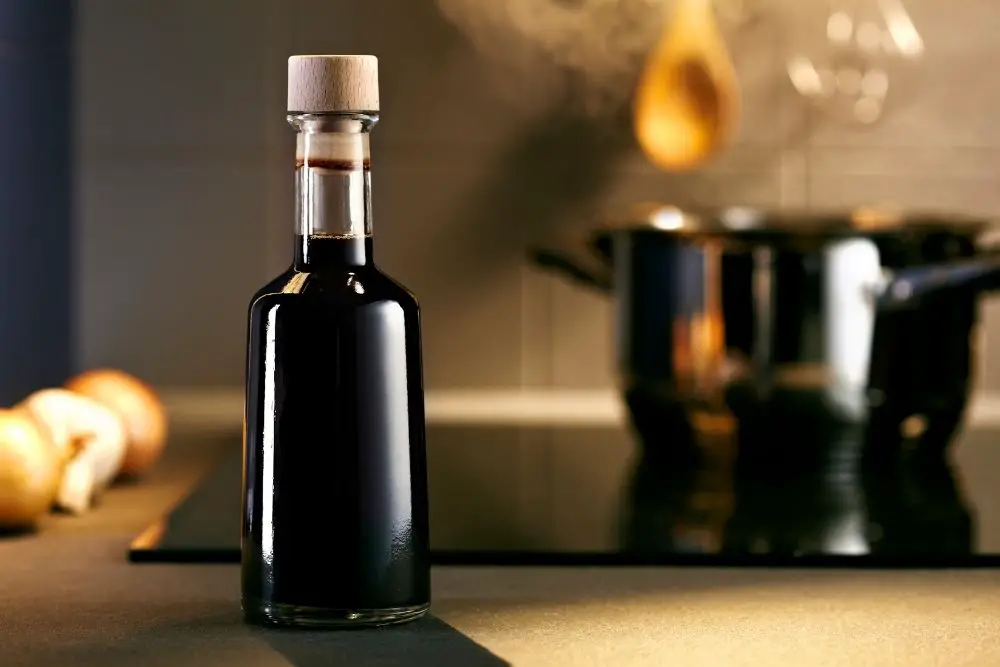
Proper Storage Tips
Vinegar’s fermentation results in its self-preserving acidic nature. Balsamic vinegar can last for a long time, and it will only spoil if the bottle is stored improperly.
Like red wine vinegar, apple cider vinegar, and any other vinegar, balsamic vinegar should be kept in a cool, dark place like the pantry or kitchen cupboard.
Whether we’re talking about traditional, condiment-grade, or commercial-grade balsamic vinegar, here are a few storage tips to keep in mind.
- Close the bottle tightly after every use.
- Keep it away from sunlight and other heat sources.
- If the bottle is not dark and opaque, transfer it to a dark-colored bottle to prevent the light from damaging it.
- There’s no need to refrigerate balsamic vinegar. It’s safe to leave it at room temperature. With its high acidity, this vinegar is not a good medium for bacterial growth.
Is It Okay to Use Cloudy Balsamic Vinegar?
Yes. No need to fret or confuse it with spoilage. Simply strain it through a coffee filter or ignore it.
The cloudiness or even the sediment at the bottom of the bottler is called the “mother of vinegar.” It is produced by the harmless bacteria in the vinegar, which means your vinegar is organic, unrefined, and definitely safe to use.
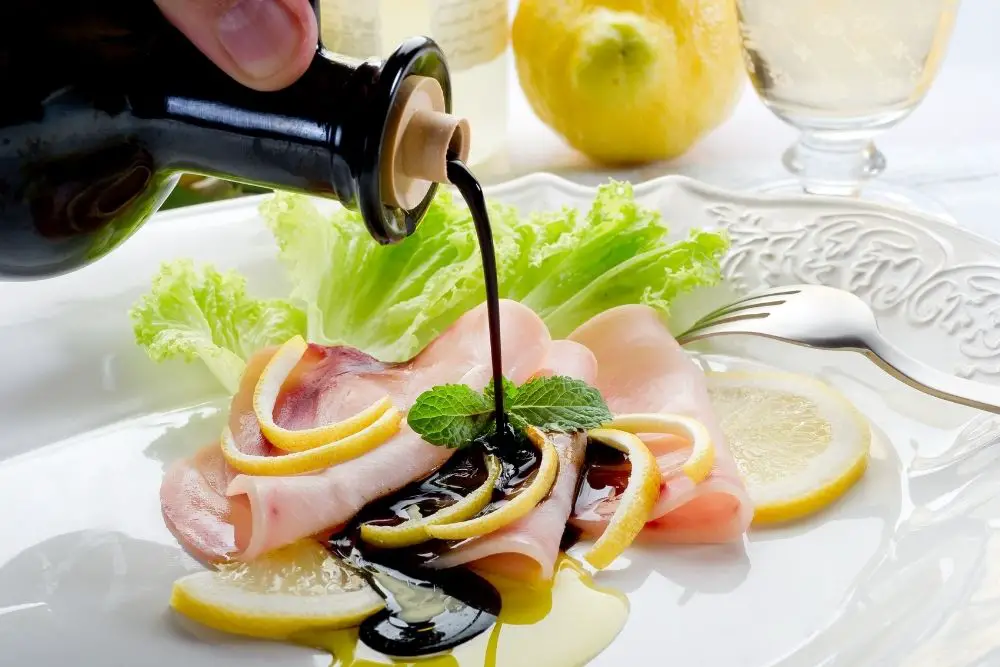
How to Tell If Your Vinegar Has Gone Bad
It’s unusual for balsamic vinegar to go rancid, but you might discover that someone has left it open or suspect some contamination. Here are a few signs that it’s best to discard the bottle.
- If you can see mold, discard the bottle immediately.
- Throw it away if the vinegar smells off.
Stock a bottle or two of balsamic vinegar in your kitchen. Already have one? Great! Don’t limit the use of balsamic vinegar as a bread dip along with olive oil. Here are some terrific recipes to explore.
One-Pan Balsamic Chicken with Roasted Vegetables | Sous Vide Butternut Squash Salad | Strawberry Cucumber Salad | Slow Cooker French Onion Soup | Hot and Sour Soup (Gluten-Free) | Mom’s Signature Drunken Chicken | Cold Soba Noodles In Hot Chili Oil Sauce
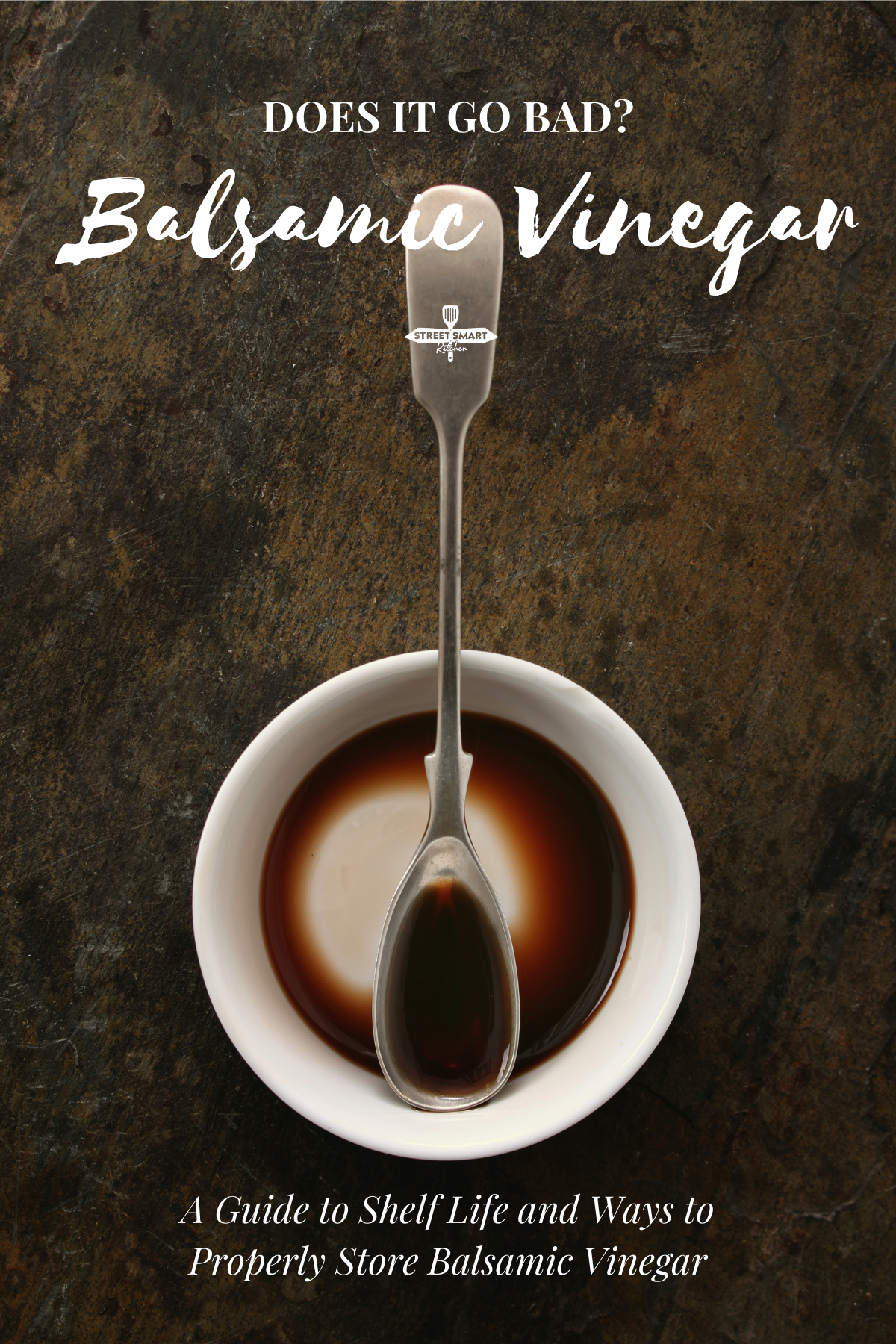
[thrive_leads id=’13056′]
About the Author
Sharon Chen is an Integrative Nutrition Health Coach and author of the Complete Sous Vide Cookbook. She believes food not only brings healing but also connection. As the creator of StreetSmart Kitchen, she aims to make meal prep easier than ever and help you find balance, ease, joy, and simplicity in the kitchen as you improve your well-being.



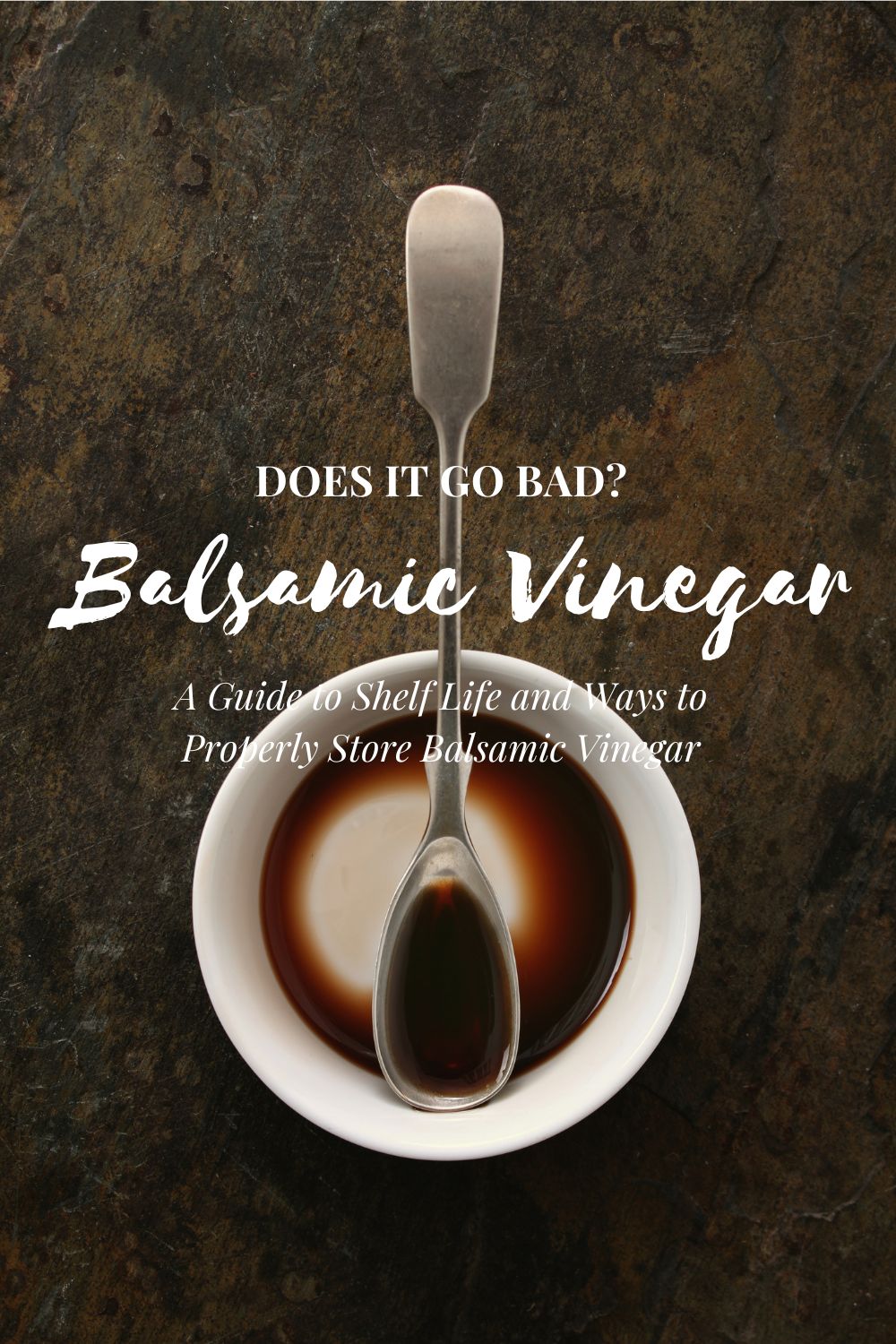
I have my balsamic vinegar in a very dark container and then in a dark part of my countertop. My olive oil is in a dark green plastic container. I would like to sit both of them out on the top of my stove where there is a shelf built with my salt and pepper and all of my cooking stuff that I use at all times. How do I transfer my olive oil into a sterile bottle that is dark enough to keep it from going rancid?
Use a clean and dry funnel?